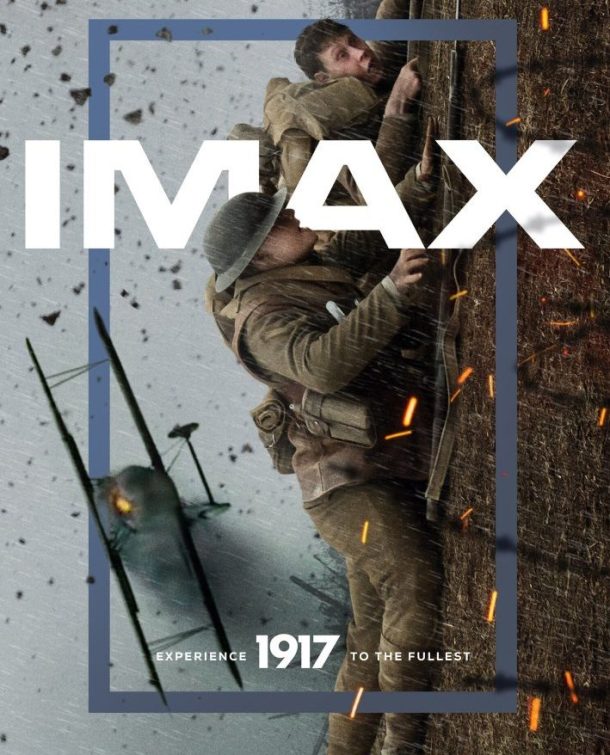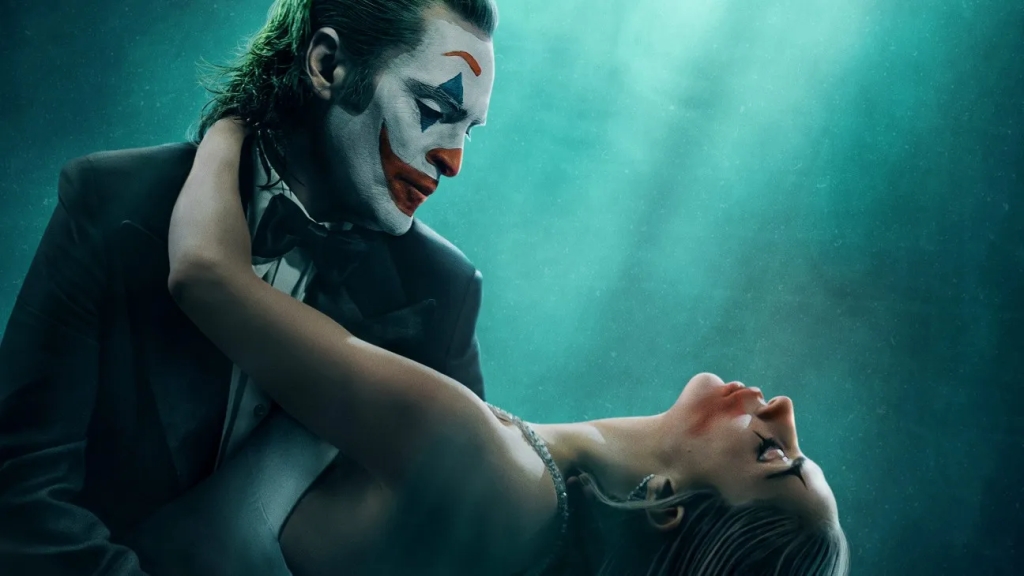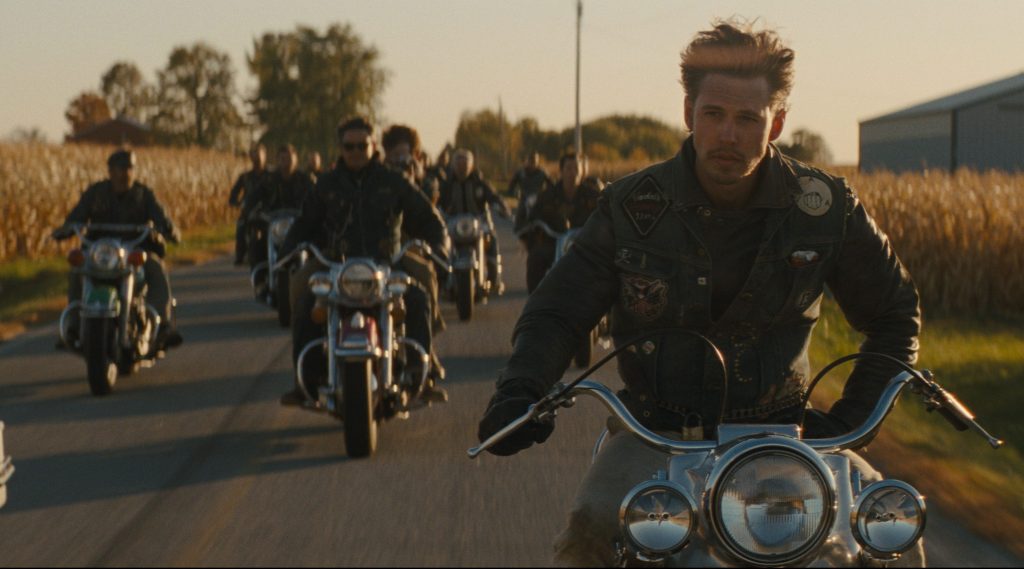
Awards Season is a time for gimmicks. A time where every major filmmaker and their mum clamours, campaigns or begs for a shot at that much-coveted Oscar or BAFTA, it can be difficult to stand out – you only have to look at the list of snubs each year to see how hard it is to get a look in but filmmaking methods and innovations are often a sure-fire way to get the voters’ attention. “We’ve made film using only natural lighting.” Great! “We’ve done a musical with live singing and no click tracks.” Yes, wonderful! “Hey, look, I’ve shot a film over 12 years – give me my Oscar!” Well then, come in my friend! Often then not though, these devices, whilst a demonstration of technical skill and achievement, do little to enhance the story or character within the narrative.
Thankfully, this isn’t the case with Sam Mendes‘ World War I epic 1917 – a film shot entirely as if it were one continuous take, yet as far away from just a cheap conceit as you’re ever likely to get. Unlike other films of a similar ilk, the director utilises the dramatic potential of such a technical contrivance to boost the emotion, tension and horror one should expect from such harrowing war drama. The result is one of the most innovative, powerful and cinematic experiences in years.

The film kicks off as it means to go on, as we literally follow two young British soldiers, Blake (Dean-Charles Chapman) and Schofield (George MacKay), as they embark on a deadly mission to deliver a message deep in enemy territory that will stop 1,600 men from walking straight into a deadly trap set by the Germans. Traversing dangerous terrain and encountering all manner of threats and obstacles along the way, the film puts both characters through the wringer (emotionally and physically), and uses the ‘continuous-shot’ aspect to showcase both the extraordinary horrors of the war and the ordinary day-to-day lives of the men who fought it.
It’s no criticism to say how much like a video game this film feels – the continuous nature of the action and drama is paced as such so as to fully immerse the viewer, and the resulting action that our heroes encounter feel like organic set pieces within a game, delivering shocks and surprises throughout all he same. The film is unrelenting as a result, and rightly so.

In and amongst this unrelenting horror, Mendes and his collaborators capture and frame the war in moments of spellbinding yet harsh beauty. An understated theme of nature decimated by man’s conflict is presented early on and carries itself throughout the film, showcased in some truly remarkable shots that are beautiful and horrific in equal measure. And in one particular key sequence, the apocalyptic imagery is upped considerably, rendered in a blast of colour and light that is as powerful to look upon as it is terrifying to gaze upon.
It’s only after watching the film that the sheer technical achievement on display can be truly measured and appreciated – everything here is done with little fanfare, yet all in service of the larger story, and it truly is remarkable. From Roger Deakins‘ bleak cinematography and Dennis Gassner‘s genius production design to Lee Smith‘s skilful, subtle editing and Thomas Newman‘s haunting and emotional score, every element works to the benefit of the story, triumphing over the limitations the format undoubtedly poses.

However, it is the script (co-written by Krysty Wilson-Cairns) and the performances that benefit most from all these elements. The nature of this sprawling journey and how it has been shot presents many a problem for dialogue, performance and pace, but the script and the perfectly pitched characterisation from Chapman and MacKay completely convince that everything here is happening in real time, whilst losing none of the intricacies or smaller moments in the mix.
1917 is both a visual masterpiece and a powerful, engrossing, tension-soaked story of heroism – one that avoids schmaltz and melodrama at any cost, instead perhaps the most realistic ‘slice of life’ war dramas in decades. Best enjoyed on an IMAX cinema screen, 1917 features an expanded aspect ratio for the entire film, crystal-clear images, coupled with IMAX’s customized theatre geometry and powerful digital audio, help further the immersive nature of the film, resulting in arguably one of the best big screen epics in a long time. It demands to be seen on the largest screen imaginable and IMAX certainly takes some beating in that regard.
So is 1917 just an aforementioned gimmick, designed to be shot in a way that turns the heads of a few Oscar voters? Hardly. A wonderful experiment in immersive filmmaking and a powerful tale of heroism in its own right, Sam Mendes has assembled a war film that is raw, revolutionary and, most importantly, feels real!



![The Cat And The Canary Blu-ray review: Dir. Paul Leni [Masters Of Cinema]](https://criticalpopcorn.com/wp-content/uploads/2024/04/image-5.png?w=1024)
![Building the Batmobile Tumbler [Hachette Partworks: Issues 41 – 52]](https://criticalpopcorn.com/wp-content/uploads/2023/03/maxresdefault.jpg?w=1024)

![All That Money Can Buy Blu-ray review: Dir. William Dieterle [Criterion Collection]](https://criticalpopcorn.com/wp-content/uploads/2024/04/devil-daniel-webster.png?w=1024)
![The Lord of the Rings: The Return of the King in Concert review [Live at the Royal Albert Hall]](https://criticalpopcorn.com/wp-content/uploads/2024/03/the-lord-of-the-rings-return-king-in-concert-royal-albert-hall.jpg?w=1024)







Post your thoughts